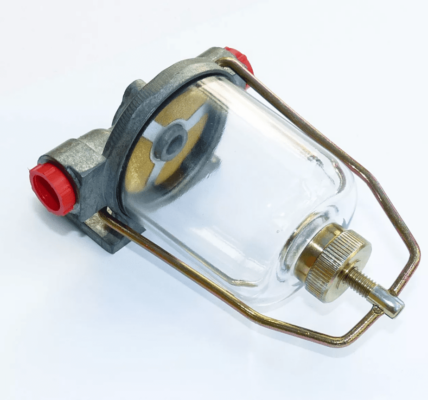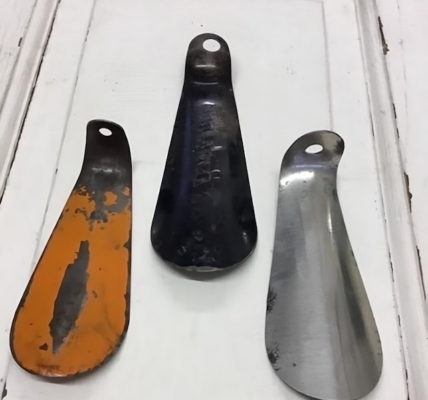The Enchanting History of Teddy Ruxpin: The Animatronic Bear That Captivated a Generation-s1
In the mid-1980s, a remarkable toy burst onto the scene and quickly became a beloved companion for children everywhere. Teddy Ruxpin, the animatronic storytelling bear, was more than just a toy—it was a technological marvel that brought stories to life in a way that had never been seen before. This article takes you through the fascinating history of Teddy Ruxpin, exploring its origins, the groundbreaking technology behind it, its cultural impact, and its enduring legacy.

The Origins of Teddy Ruxpin
Teddy Ruxpin was the brainchild of Ken Forsse, a former Disney Imagineer known for his work on animatronic characters at Disneyland. Forsse envisioned a toy that could do more than just sit on a shelf—he wanted to create a toy that could tell stories, sing songs, and engage with children on a deeper level. Drawing from his experience with Disney animatronics and his passion for storytelling, Forsse set out to create something truly unique.
In collaboration with a small team, Forsse developed the concept for Teddy Ruxpin. The toy was designed to look like a friendly, huggable bear, but it was the technology inside that set it apart. Forsse’s vision was to combine storytelling with interactive technology, and after years of development, Teddy Ruxpin was ready to make its debut.
The Technology Behind Teddy Ruxpin
At the heart of Teddy Ruxpin’s charm was its innovative use of technology. The bear featured a built-in cassette player that synchronized audio with the movements of its mouth and eyes. As the cassette played, Teddy Ruxpin’s mouth would move in time with the words, and his eyes would blink, giving the illusion that he was speaking directly to the child. This was a groundbreaking achievement in the mid-1980s and set a new standard for interactive toys.

The cassettes contained not only the audio for the stories but also data that controlled Teddy Ruxpin’s movements. This allowed the bear to “come to life” as he narrated tales, asked questions, and even sang songs. The combination of lifelike movements and engaging storytelling captivated children and made Teddy Ruxpin a standout in the toy market.
Teddy Ruxpin Hits the Market
When Teddy Ruxpin was released in 1985, it quickly became a sensation. The toy’s launch was bolstered by a comprehensive marketing campaign, including television commercials and in-store demonstrations that highlighted its unique features. Parents were drawn to the educational value of the stories, which often included moral lessons and encouraged literacy, while children were enchanted by Teddy Ruxpin’s interactive nature.

The response was overwhelming. By the end of 1985, Teddy Ruxpin was the best-selling toy in the United States. It was soon followed by a range of accessories and additional story cassettes, expanding Teddy Ruxpin’s world and offering children endless hours of entertainment.
The Cultural Impact of Teddy Ruxpin
Teddy Ruxpin’s success wasn’t confined to the toy store shelves. The character quickly became a cultural icon, starring in his own animated television series, “The Adventures of Teddy Ruxpin.” The show expanded on the stories told by the toy, introducing new characters and adventures that further captivated young audiences. The success of the TV show helped maintain interest in the toy and solidified Teddy Ruxpin’s place in pop culture.

Beyond the television series, Teddy Ruxpin’s influence extended into books, clothing, and various merchandise, making him a household name during the late 1980s. The character’s appeal was so strong that he became a symbol of the era, representing the merging of technology with childhood imagination.
The Decline and Legacy of Teddy Ruxpin
Despite the initial success, by the late 1980s, Teddy Ruxpin’s popularity began to wane. Advances in technology and the arrival of new interactive toys offered children more options, leading to a decline in sales. The rise of video games and other digital entertainment also shifted the focus away from traditional toys. However, Teddy Ruxpin’s legacy was far from over.

The impact of Teddy Ruxpin on the toy industry cannot be overstated. It paved the way for future innovations in interactive toys and demonstrated the potential of combining technology with traditional play. For many, Teddy Ruxpin remains a cherished memory from childhood, a symbol of the magic that happens when storytelling meets technology.
In recent years, Teddy Ruxpin has made a comeback with updated versions featuring modern technology, such as Bluetooth connectivity and LCD eyes. These new iterations pay homage to the original while appealing to a new generation of children.

Conclusion: The Enduring Magic of Teddy Ruxpin
Teddy Ruxpin was more than just a toy; he was a groundbreaking achievement in the world of children’s entertainment. His innovative design and engaging storytelling left an indelible mark on those who grew up with him and continue to influence the toy industry today. As we reflect on the history of Teddy Ruxpin, we are reminded of a time when technology and imagination came together to create something truly magical. Whether through nostalgia or new experiences, Teddy Ruxpin’s legacy lives on, enchanting both the young and the young at heart.



